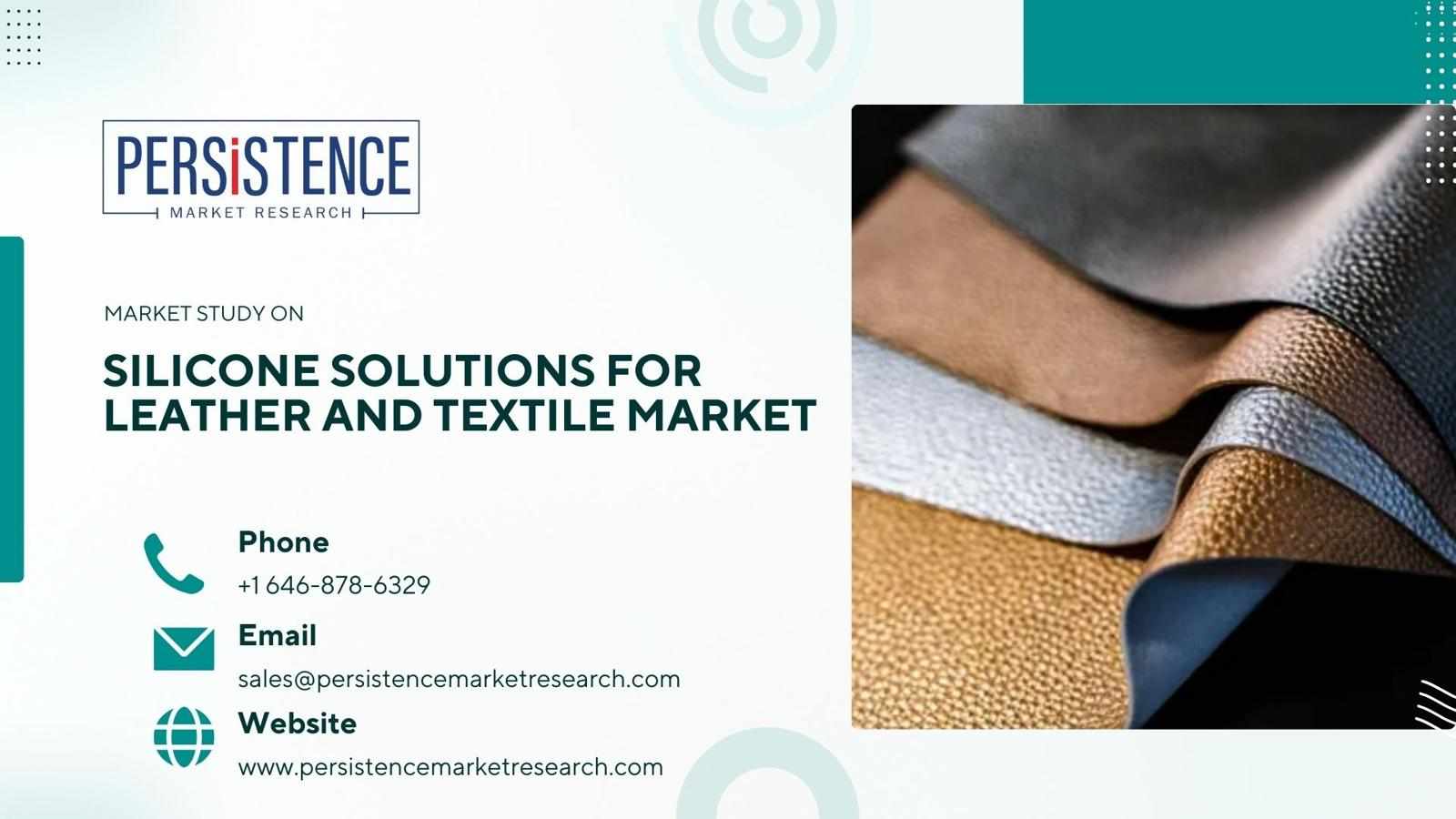
The fashion and apparel industry is undergoing a significant transformation, driven by the integration of advanced materials that enhance both functionality and aesthetics. Among these innovations, silicone solutions have emerged as a pivotal force, offering a myriad of benefits to leather and textile applications. From imparting softness and durability to providing antimicrobial properties, silicone-based materials are redefining the standards of modern fashion.
The Rise of Silicone in Fashion
Silicone, a versatile polymer known for its unique properties, has found extensive applications across various industries. In fashion, its adoption is accelerating due to the demand for high-performance materials that do not compromise on comfort or style. Silicone solutions offer several advantages:
Enhanced Softness and Texture: Silicone coatings impart a silky, smooth feel to fabrics, elevating the tactile experience of garments.
Durability and Flexibility: Silicone enhances the resilience of textiles, allowing them to withstand wear and tear while maintaining flexibility.
Water and Stain Resistance: Silicone-treated materials exhibit hydrophobic properties, making them resistant to water and stains, thus extending the lifespan of products.
Antimicrobial Properties: Silicone solutions can inhibit the growth of bacteria and fungi, promoting hygiene in clothing and accessories.
Market Growth and Projections
The global market for silicone solutions in leather and textiles is experiencing robust growth. According to Persistence Market Research, the silicone solutions in leather and textiles market is projected to reach a size of US$ 601.4 million by 2025. The industry is anticipated to exhibit a compound annual growth rate (CAGR) of 6.1% during the forecast period, attaining a value of US$ 907.2 million by 2032. This growth is driven by rising environmental awareness among consumers, prompting manufacturers to favor silicone-based coatings over traditional options. Key advantages of silicone coatings include their softness, silky texture, and antimicrobial properties, significantly boosting their popularity in the leather and textile sectors. In terms of product, the silicone resin segment is anticipated to exhibit a CAGR of 6.3% through 2032, owing to high demand from the textile industry. Based on application, the textile segment is projected to showcase a CAGR of 6.2% through 2032, driven by the surge in affordable fashion trends and customization in apparel. Regionally, the Asia Pacific silicone solutions for leather and textile market is anticipated to witness a CAGR of 6.2% through 2032, due to rising demand for product quality in the region.
Applications in the Fashion Industry
Silicone solutions are being utilized in various facets of fashion and apparel:
Performance Wear: Athletic apparel benefits from silicone's moisture-wicking and breathable properties, enhancing comfort during physical activities.
Footwear: Silicone adhesives and coatings improve the durability and water resistance of shoes, while also providing cushioning effects.
Accessories: Items such as bags and belts gain enhanced flexibility and longevity through silicone treatments.
Leather Goods: Silicone applications in leather processing result in softer, more pliable products that resist cracking and wear.
Sustainability and Environmental Impact
As the fashion industry grapples with environmental concerns, silicone solutions offer a more sustainable alternative to traditional materials. Silicone's durability reduces the need for frequent replacements, and its inert nature means it doesn't release harmful substances into the environment. Moreover, advancements in silicone production are focusing on reducing energy consumption and minimizing waste, further enhancing its eco-friendly profile.
Challenges and Future Outlook
While silicone solutions present numerous benefits, challenges remain. The cost of silicone materials can be higher than conventional alternatives, potentially impacting pricing strategies. Additionally, the industry must address end-of-life disposal and recycling of silicone-treated products to fully realize environmental benefits.
Looking ahead, the integration of silicone solutions in fashion is poised to expand. Ongoing research and development are expected to yield new formulations that offer enhanced performance at reduced costs. As consumer demand for high-quality, sustainable fashion grows, silicone's role in the industry will likely become more prominent, driving innovation and setting new standards in apparel manufacturing.
In conclusion, silicone solutions are revolutionizing the fashion and apparel industry by providing materials that enhance performance, comfort, and sustainability. As the market continues to grow, driven by consumer demand and technological advancements, silicone is set to become an integral component of modern fashion, shaping the future of textiles and leather goods.

















Write a comment ...